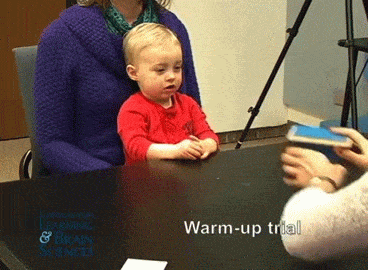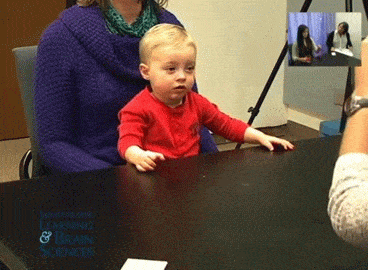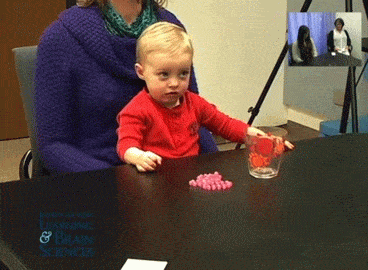[VIDEO] A 15-Month Old Regulates His Behaviour Based On A Lady's Mean Response
As adults, we've learned to alter our behaviour in the presence of angry people. But can toddlers as young as 15 months do that? Watch what this fascinating experiment reveals.
In a YouTube video, uploaded on 7 October, a researcher from the University of Washington's Institute of Learning & Brain Sciences first plays with a fun toy to a toddler and then gives it to him to check it out, which he does quite enthusiastically
Then, as she demonstrates a new toy, another researcher walks in and sits down, pretending to read a magazine. "That's aggravating — that's so annoying!" the second researcher complains. The toddler is clearly a bit startled by this sudden outburst.
The toddler is then given a chance to play with the "aggravating" toy while both researchers look on, and his reaction, which starts at 1:35 mark in the video, is absolutely fascinating
The researchers studied 150 toddlers at 15 months of age using an even mix of girls and boys. Each child sat on their parents' lap and watched as a researcher sat at a table across from them and demonstrated how to use a few different toys.
Each toy had movable parts that made sounds, such as a strand of plastic beads that made a rattle when dropped into a plastic cup and a small box that "buzzed" when pressed with a wooden stick. The children watched eagerly – leaning forward and sometimes pointing enthusiastically.
 io9.com
io9.com
Then a second person, referred to as the "emoter," entered the room and sat down on a chair near the table. The experimenter repeated the demonstration and the emoter complained in an angry voice, calling the experimenter's actions with the toys "aggravating" and "annoying."
washington.eduAfter witnessing the simulated argument, the children had a chance to play with the toys, but under slightly different circumstances. For some, the emoter left the room or turned her back so she couldn't see what the child was doing. In these situations, toddlers eagerly grabbed the toy and copied the actions they had seen in the demonstration.
In other groups, the angered emoter maintained a neutral facial expression while either watching the child or looking at a magazine. Most toddlers in these groups hesitated before touching the toy, waiting about four seconds on average. And when they finally did reach out, the children were less likely to imitate the action the experimenter had demonstrated.
washington.edu

